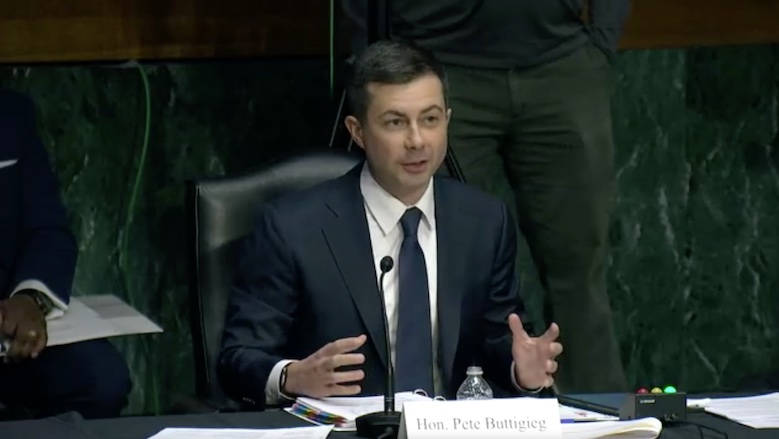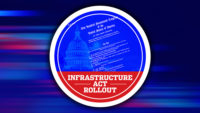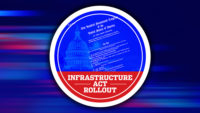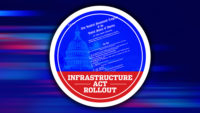A controversy continues to simmer on Capitol Hill over a Federal Highway Administration guidance memorandum that encourages states to prioritize using Infrastructure Investment and Jobs Act formula funds for road and bridge repair and rehabilitation projects over capacity expansions.
The document, issued last Dec. 16 by Deputy FHWA Administrator Stephanie Pollack, was a major topic of discussion during a March 2 Senate Environment and Public Works Committee hearing whose stated subject was how the U.S. Dept. of Transportation is implementing its portion of the landmark IIJA.
The committee has jurisdiction over highway policy and was responsible for writing major highway and bridge provisions in the IIJA. Highways and bridges receive the largest share of funds among the various infrastructure sectors in the legislation.
During the hearing, Sen. Shelley Moore Capito (W.Va.), the panel's top Republican, strongly criticized the memo. Transportation Secretary Pete Buttigieg, the sole witness at the hearing, defended the document, with support from committee Chair Tom Carper (D-Del.). In his testimony, Buttigieg gave no indication that DOT is contemplating any change in the guidance memo.
Federal agencies' guidance documents do not carry the same legal weight as formal regulations But the FHWA guidance has sparked unusually strong interest.
The document states that it is intended to be "an overarching framework to prioritize the use of [IIJA] resources on projects that will Build a Better America."
It adds that the guidance also is to ensure that IIJA funding be implemented, to the extent that statutes allow, to "encourage" states "to invest in projects that upgrade the condition of streets, highways and bridges and make them safe for all users, while at the same time modernizing them so that the transportation network is accessible for all users, provides people with better choices across all modes, accommodates new and emerging technologies, is more sustainable and resilient to a changing climate and is more equitable."
Capito's Criticism
At the hearing, Capito said, “The memorandum seeks to restrict the flexibility of states and impose a one-size-fits-all solution to address the surface transportation needs of all communities.”
She added, “It discourages states from moving forward with projects that add highway capacity and instead prioritizes projects that improve existing surface transportation assets.”
Capito also said that the memo “creates winners and losers” among projects depending on their level of review under the National Environmental Policy Act.
Buttigieg, Carper Defend Memo
Buttigieg told the EPW committee, “I want to make clear that we recognize and value the role of the states in deciding how to prioritize the use of formula dollars as laid out in the law.”
He added, “Different states and communities have different needs when it comes to transportation assets that have to be reconfigured and modernized, expanded and added or retired and replaced, as appropriate.”
Carper said that in working on the IIJA highway provisions, his goals included enhancing transportation systems' sustainability and resilience, improved safety and "addressing the backlog of repairs for roads and bridges in poor condition."
He added that he was pleased to see the Biden administration encourage—"notice I said 'encourage,' underline that 'encourage,' not 'require' "—states to use federal highway funds to prioritize these same goals.
Carper asked Buttigieg whether the memo prevents states from choosing to use formula funding for highway projects that add highway capacity, and Buttigieg replied, “No, it doesn’t.”
There is some history to the controversy. On Feb. 18, Capito and 28 other Republican senators wrote to Buttigieg asking that the memo be rescinded or substantially revised. Among the signatories was Minority Leader Mitch McConnell (R-Ky.).
Updating IIJA Funding Rollout
At the hearing Buttigieg also provided a status report on DOT’s implementation of its sections of the IIJA. He said that over the previous 90 days, it had made $60 billion in authorized funds available to states and localities, and has opened the application process for an additional $2 billion in discretionary grants.
The $60 billion includes $52 billion in formula highway and bridge program funding apportioned to the states.






Post a comment to this article
Report Abusive Comment